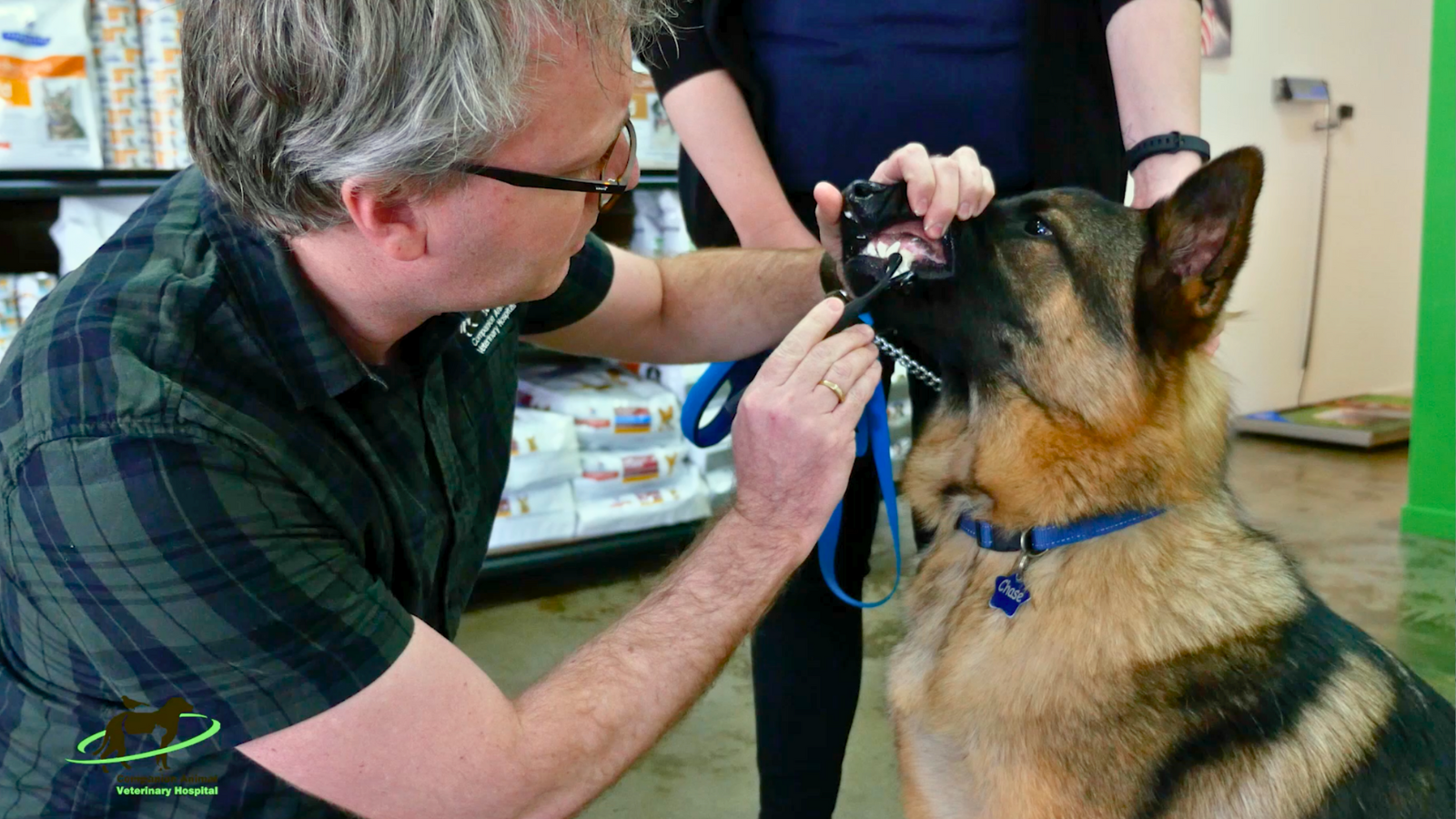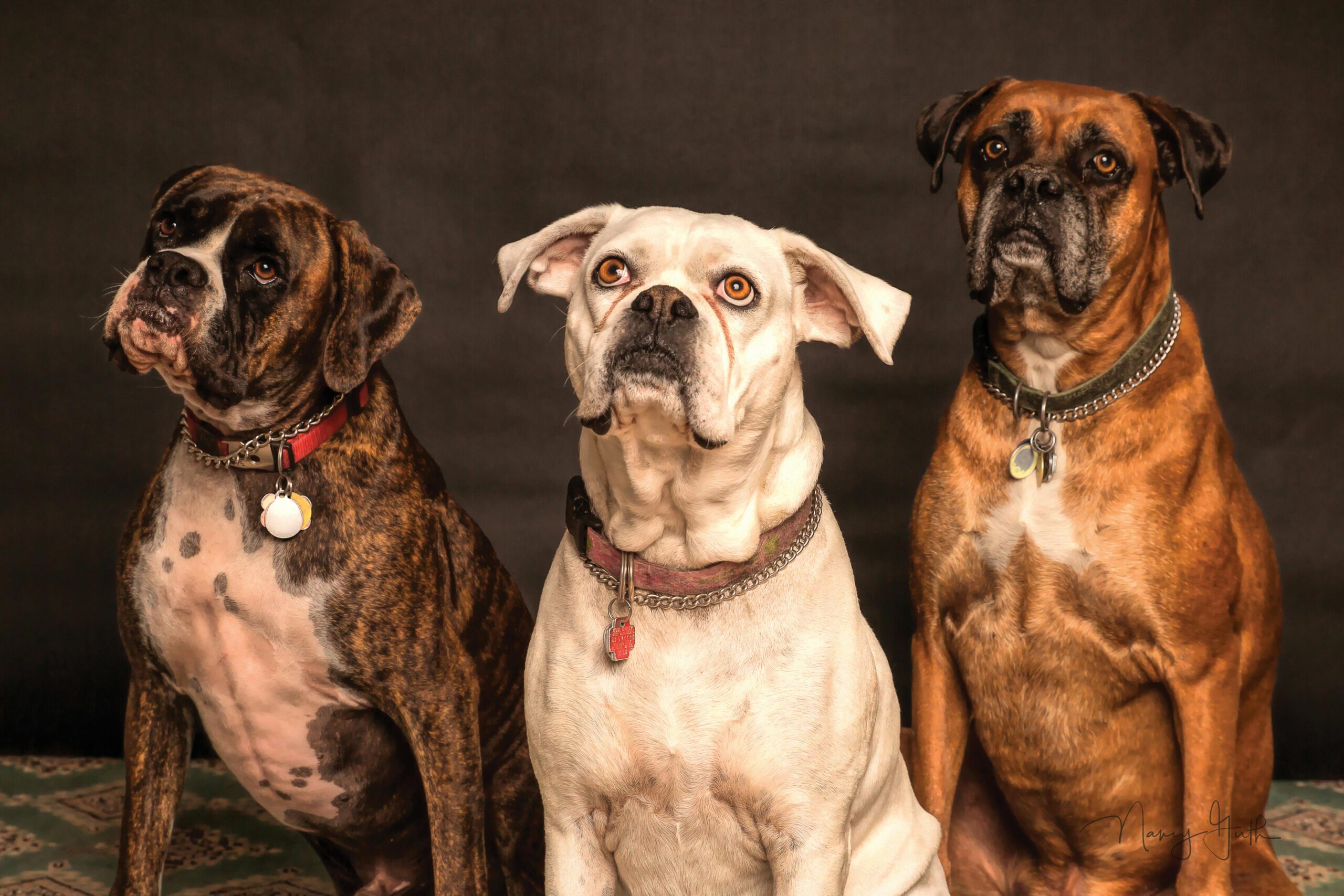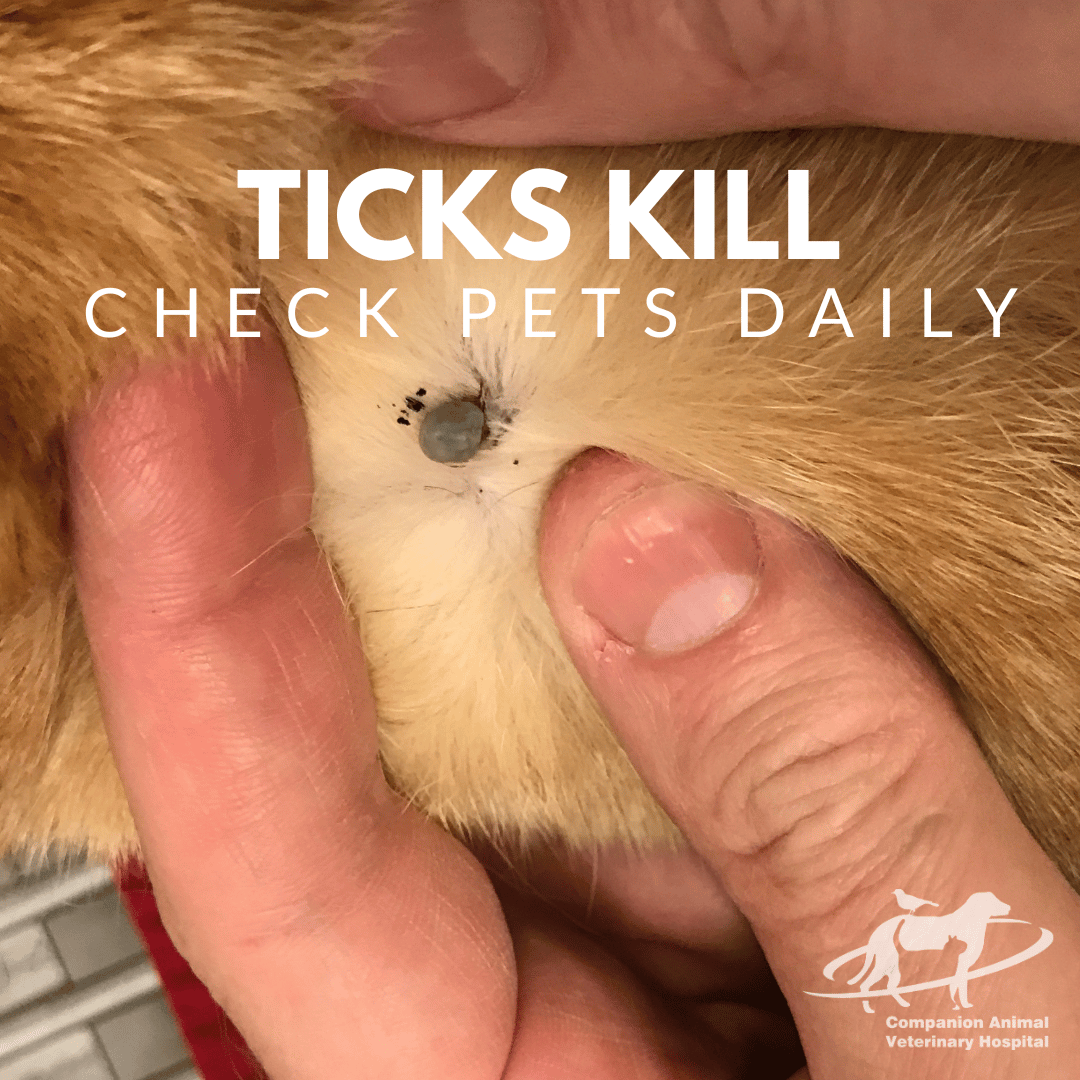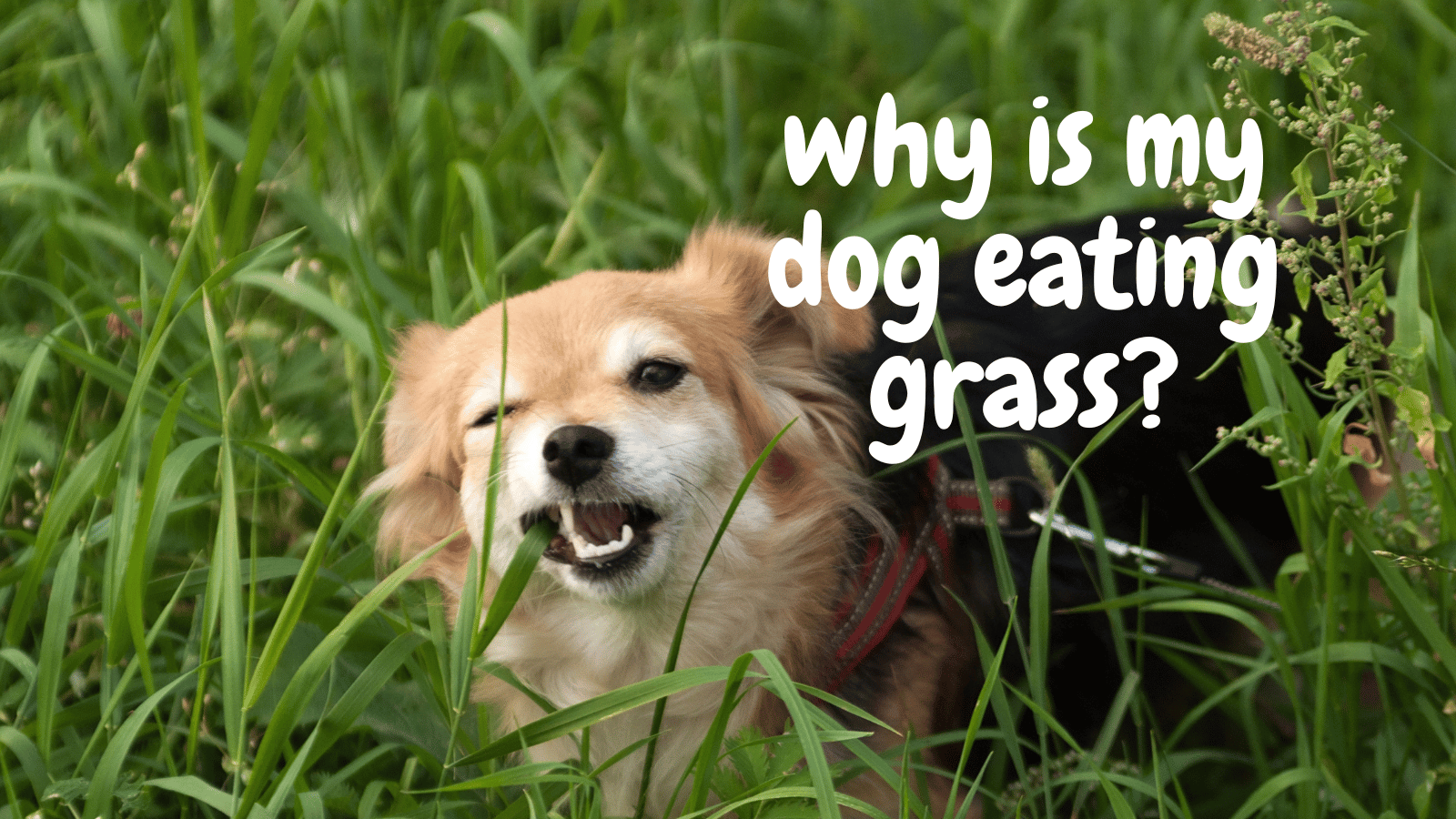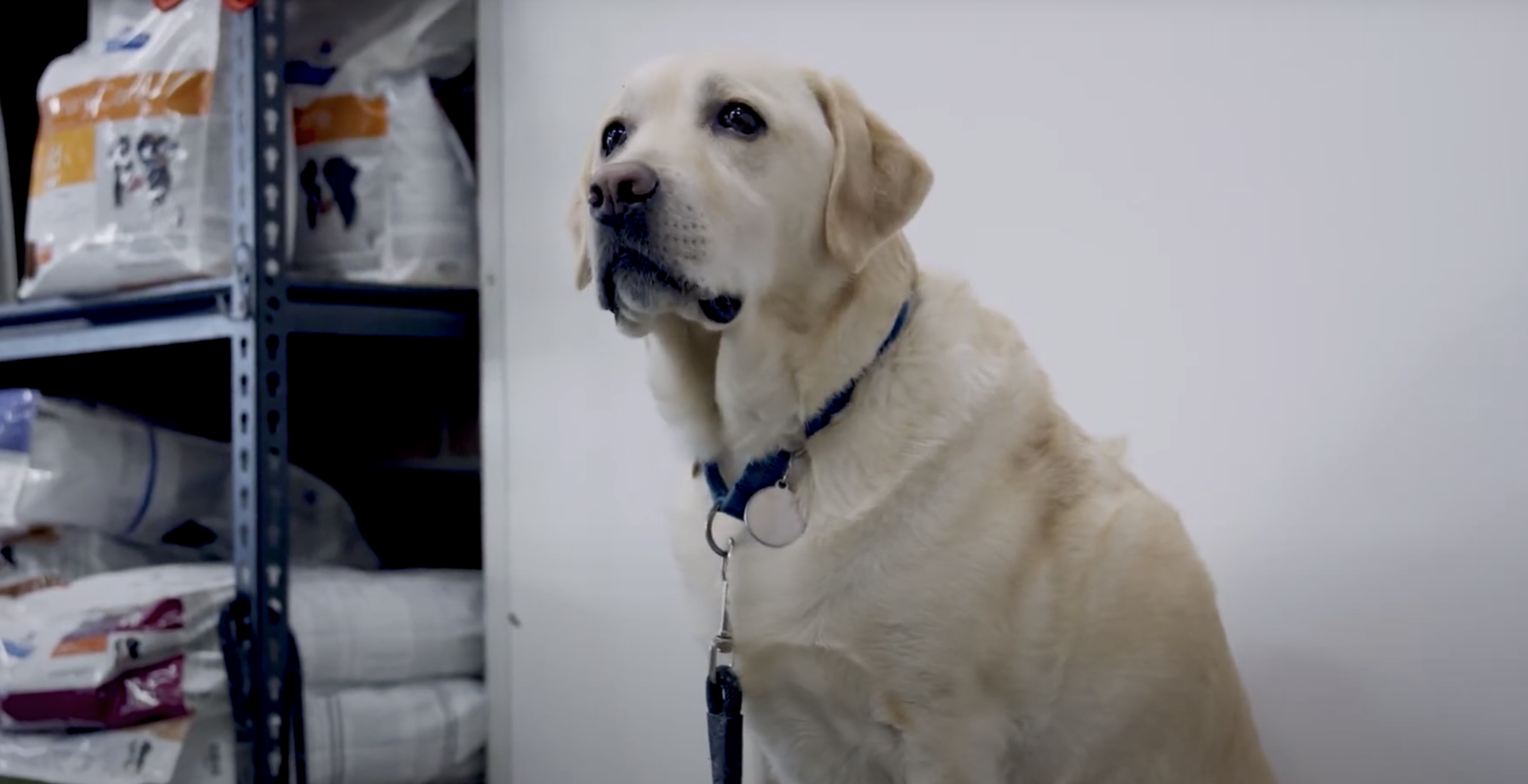Why Your Dog’s Bad Breath is a Bigger Problem Than You Think
Hey there, pet lovers! It’s Matt from Companion Animal Vet Hospital, back with another entry in our Family Pet Care video series. Today, we’re tackling a topic that’s familiar to many dog owners: bad breath in dogs. You might think it’s just a harmless, albeit smelly, part of owning a dog, but there’s more to it than meets the nose.
Halitosis in Dogs: Not Just “Dog Breath”
The technical term for bad breath is halitosis, and contrary to popular belief, it’s not just a normal part of being a dog. In fact, a dog’s breath should be relatively sweet-smelling and not something that makes you recoil in horror. If your furry friend’s breath is less than pleasant, it’s often a sign of a health issue, and quite possibly, one that’s causing them discomfort or pain.
The Root Cause: Periodontal Disease
The most common culprit behind bad dog breath is periodontal disease. Dogs’ mouths, like ours, are full of bacteria. Some of these bacteria stick to their teeth, forming plaque – that furry feeling you get on your teeth when you skip brushing. Plaque is soft and invisible to the naked eye, but over time, it hardens into tartar or calculus, a yellow-brown substance that’s firmly attached to the tooth surface.
The Myth About Bones and Dental Health
A common myth is that chewing on bones can clean teeth with tartar. While bones might break off some tartar, they don’t address the crucial area under the gums, in the periodontal pocket. Without removing the material from this area, the progression of infection into the tooth root continues unabated.
Treating and Preventing Periodontal Disease
Treating early-stage periodontal disease involves a general anesthetic, allowing for a thorough examination and cleaning of the teeth. This process includes scaling (above and below the gum line) and polishing to smooth the tooth surface, making it harder for bacteria to adhere.
Home Care: Beyond the Vet’s Office
After professional cleaning, it’s crucial to start preventive measures at home immediately, as plaque can reform within 48 hours. The gold standard for prevention is daily brushing, but we understand that’s not always feasible. Alternatives include special diets (like Hills t/d), dental treats (such as Greenies or Oravet chews), or mouthwashes.
Wrapping Up
In summary, bad breath in dogs is a sign of an underlying issue, usually periodontal disease. It’s important to take preventive measures to maintain your dog’s dental health.
